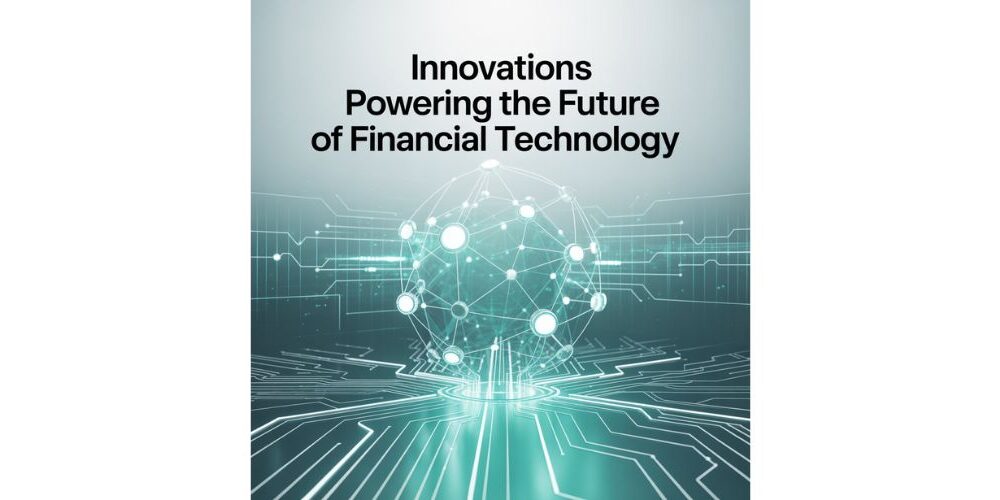Innovations Powering the Future of Financial Technology

In a world increasingly driven by digital transformation, the financial technology (FinTech) sector stands at the forefront of revolutionizing how financial services operate. Shanmukha Sai Nadh Avvari’s article examines the vital technological innovations that underpin this transformation, particularly the pivotal roles of data integration and security. These innovations are not only reshaping the financial services landscape but also enhancing efficiency, accessibility, and security across the ecosystem. As financial institutions continue to explore new frontiers, these technological pillars provide the bedrock upon which FinTech will thrive in the future.
A New Era of Digital Transformation
The FinTech sector has rapidly evolved, transforming from supplementary services to essential infrastructure that drives global financial transactions. The integration of technologies like APIs, blockchain, and AI has made transactions faster, smoother, and more secure. As digital platforms outperform traditional methods, mobile-first solutions and decentralized finance (DeFi) are reshaping financial models, enhancing customer satisfaction and operational efficiency.
Data Integration: The Heart of FinTech Advancements
Data integration is critical to the success of modern financial platforms. APIs serve as the connective tissue of FinTech ecosystems, allowing disparate systems to communicate seamlessly. RESTful APIs and other technologies, like GraphQL and ISO 20022, enable financial institutions to access and exchange data efficiently while maintaining robust security standards. The rise of real-time data processing tools has also been a game-changer. With technologies like in-memory databases and complex event processing, financial organizations can now handle data in real time, enhancing decision-making and risk assessment. These integration strategies significantly reduce transaction times, with some systems reporting a reduction of up to 50% in processing latency.
Security Innovations: Safeguarding Financial Interactions
As financial services digitize, robust security is essential. Multi-factor authentication (MFA), encryption (e.g., TLS), and tokenization safeguard transactions and sensitive data. MFA reduces fraud, while encryption ensures secure communication. Financial institutions are also using AI and machine learning for anomaly detection, identifying threats proactively. These innovations allow for faster, more convenient services without compromising security, making them crucial for modern FinTech platforms.
Blockchain and AI: The Future of Financial Infrastructure
Blockchain is transforming FinTech by offering decentralized, transparent solutions that reduce transaction costs and improve efficiency, especially in cross-border payments. Beyond payments, it enhances supply chain finance and automates processes with smart contracts. Meanwhile, AI, including NLP and machine learning, boosts financial services by improving fraud detection, credit scoring, and decision-making through predictive analytics and deep learning.
Embracing Cloud and Edge Computing for Scalability
Cloud computing has provided FinTech with a platform to scale and innovate at an unprecedented rate. The adoption of cloud-based infrastructure has enabled financial organizations to reduce costs, improve scalability, and streamline operations. In particular, the use of containerization and Kubernetes orchestration has allowed institutions to deploy new services faster and more efficiently. Edge computing, which processes data closer to its source, has also become a critical innovation in reducing transaction latency. By enabling faster and more localized data processing, edge computing is reshaping payment systems and other time-sensitive financial applications.
The Path Forward: Integrating Innovation with Security
As the FinTech ecosystem continues to evolve, the integration of innovation with robust security frameworks remains paramount. The next phase of FinTech will likely see the convergence of technologies such as blockchain and AI, driving more decentralized, efficient, and secure financial services. Institutions will need to strike a delicate balance between embracing emerging technologies and maintaining stringent security standards to protect both user data and institutional integrity. The future of FinTech is one where technology continues to blur the lines between finance and tech, and where both sectors must collaborate closely to build a secure, efficient, and user-centric financial landscape.
In conclusion, the ongoing evolution of FinTech, powered by innovations in data integration and security, is setting the stage for a more efficient and secure global financial ecosystem. As Shanmukha Sai Nadh Avvari highlights, financial services will continue to undergo a radical transformation, driven by advancements in technologies like AI, blockchain, and cloud computing. The future of finance will undoubtedly be shaped by these innovations, as they not only redefine how financial institutions operate but also how users interact with financial services worldwide.

Source: Innovations Powering the Future of Financial Technology

